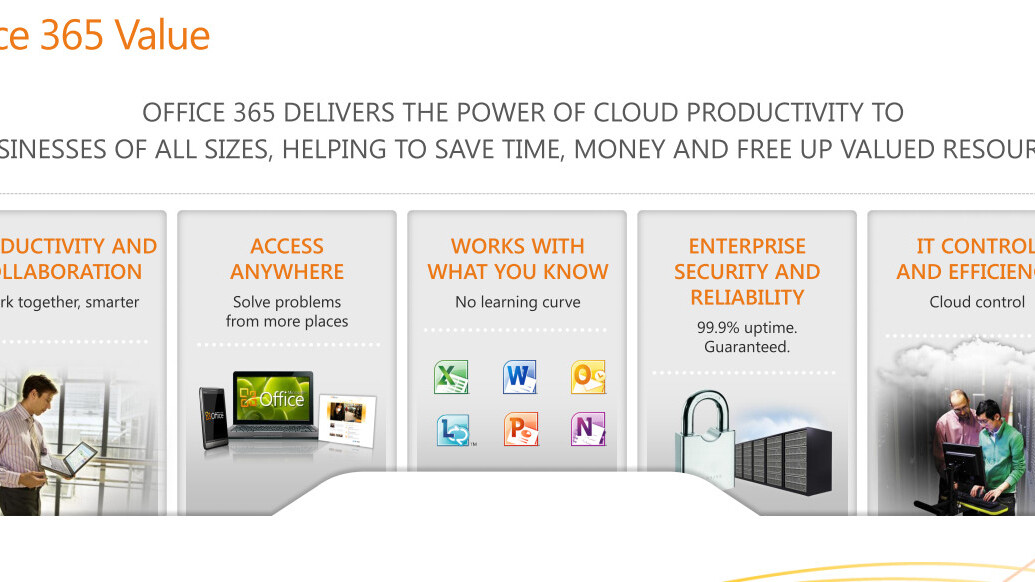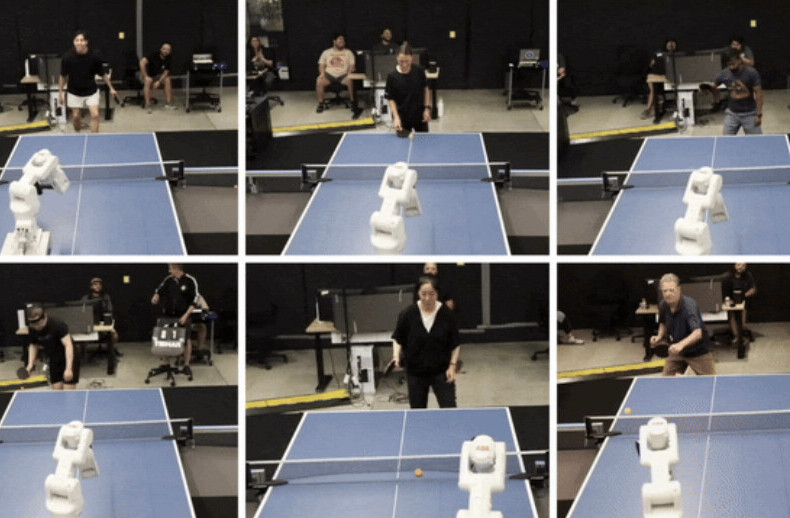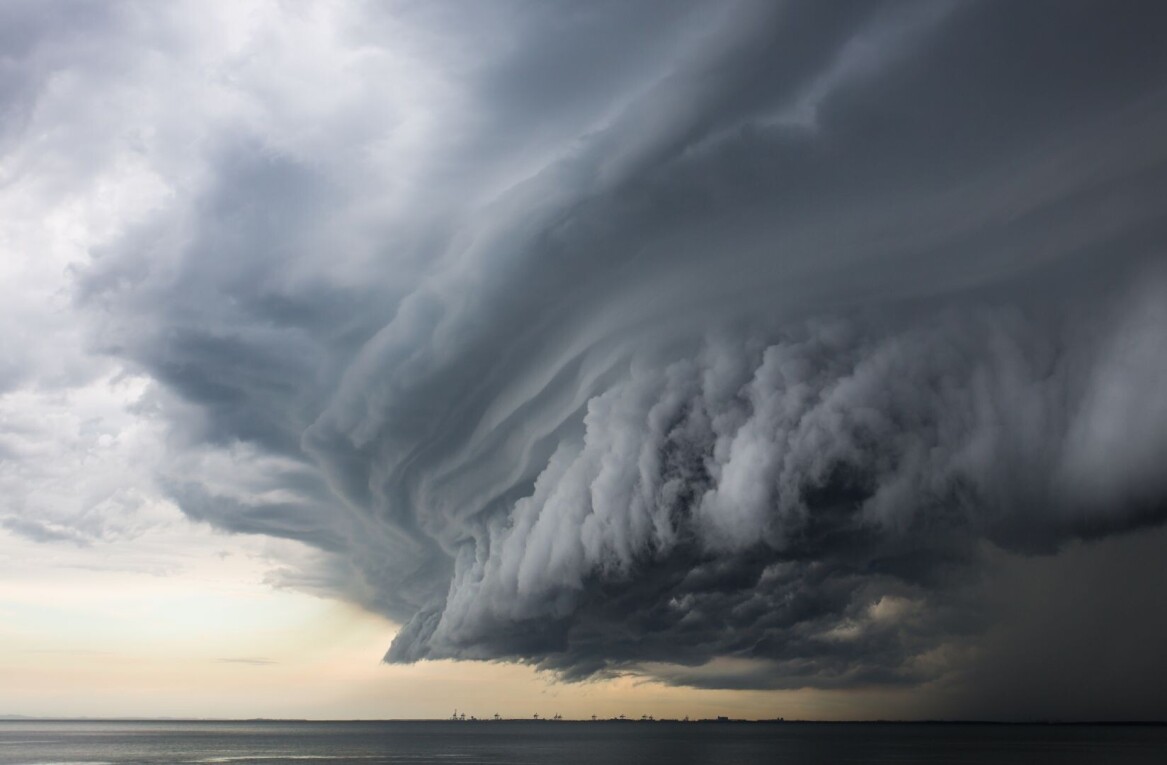
 Google Earth is a game changer in the classroom and it brings geography lessons to a whole new level by providing an immersive interactive experience for students.
Google Earth is a game changer in the classroom and it brings geography lessons to a whole new level by providing an immersive interactive experience for students.
It’s an app that educators across the world have implemented within their classes to give students a richer hands-on experience and a better point of reference. As an example, while looking through images in a textbook is great, it doesn’t offer the same understanding as virtually walking down the streets of Japan using Google Earth. And it leaves adults asking “why wasn’t I lucky enough to have this in school?”.
In the last few years, we’ve seen remarkable finds from people using Google Earth. One that comes to mind was an article from 2007 where an amateur Archaeologist named Cor Schipper discovered a lost underwater castle (N 52°14’57 E 5°25’23) in Holland. The ancient castle of Hulckesteijn (1427-1538) is said to have slid underwater, appearing to be a large “L” in the water when viewing with Google Earth. Can you picture Indiana Jones using Google Earth? Maybe not but the quality of the satellite images make it possible for these types of amazing discoveries.
Science, mathematics, geography and history are just a few of the subjects where Google Earth can be used to as an effective teaching tool.
Ways that Schools can use Google Earth
Teachers can use KML files (keyhole markup language) to directly link to specific spots around the globe on Google Earth. It’s similar to “bookmarking” a site and it allows teachers to produce links for points of interest.
 Google Earth can be used to encourage students to find things such as Volcanos, and some teachers have created a scavenger-like games out of researching the locations. This type of project has students investigate the locations of various volcanos and then has them apply the information by exploring and bookmarking using Google Earth. Teachers can check out the Global Volcanism Program for access to numerous Google Earth placemarks.
Google Earth can be used to encourage students to find things such as Volcanos, and some teachers have created a scavenger-like games out of researching the locations. This type of project has students investigate the locations of various volcanos and then has them apply the information by exploring and bookmarking using Google Earth. Teachers can check out the Global Volcanism Program for access to numerous Google Earth placemarks.
 At Dominion University, students are creating teaching material using Google Earth and Google Sketch-up. They’ve included a series of KML files pointing to tectonic plates, mountain belts, volcanos etc. Students at the university have used Google Earth as a tool to show representations of earthquakes and the projections of aftershocks. The school’s Google Earth Science project has received grants from the National Science Foundation.
At Dominion University, students are creating teaching material using Google Earth and Google Sketch-up. They’ve included a series of KML files pointing to tectonic plates, mountain belts, volcanos etc. Students at the university have used Google Earth as a tool to show representations of earthquakes and the projections of aftershocks. The school’s Google Earth Science project has received grants from the National Science Foundation.
 The food mapping project was designed to help people visualize how their choices of food impacts the environment. Using Google Earth, Middlebury students are taking a look at the big picture, by mapping food from farm to plate. Where do all the ingredients come from in this chicken parmesan dinner? Students of the food mapping project have provided a KML file that displays a mapped representation of all of the ingredients; chicken, pasta, dairy products etc. Viewing the food maps highlight the impact of supporting local farmers and suppliers.
The food mapping project was designed to help people visualize how their choices of food impacts the environment. Using Google Earth, Middlebury students are taking a look at the big picture, by mapping food from farm to plate. Where do all the ingredients come from in this chicken parmesan dinner? Students of the food mapping project have provided a KML file that displays a mapped representation of all of the ingredients; chicken, pasta, dairy products etc. Viewing the food maps highlight the impact of supporting local farmers and suppliers.
Middle/elementary schools have used Google Earth to teach students about latitude and longitude by asking students to record the coordinates of places. The exercise contains questions such as “”what country contains the coordinates 2 degrees south and 30 degrees east?”

Create media-rich lesson plans using video and Wikipedia. On a post at Random Connection, it points out the process of how Google Earth can be used to create interactive lessons for students. The article brings readers through the steps of using placemarks, the Wikipedia layar and the KML circle generator to find and mark the research on the map. Additionally, it mentions how YouTube, Vimeo and TeacherTube videos can be placed within Google Earth placemarks. Teachers could use these steps to create interactive virtual tours and lessons for students. And, students could travel to various placemarks and watch related videos about the location.
Cool Google Earth resources for teachers
Google Earth for educators – This site is brought to you by Google and made especially for Google Earth educators and students.
25 interesting ways to use Google Earth in the classroom.
Globe Genie uses Google Street-View to provide panoramic views of various streets around the world. It will transport users to random places to explore.
KMZ Links provides “spectacular satellite images of the world” and has KMZ files (KMZ files are zipped KML files) for interesting sand formations, crop circles, African villages and the Namid desert. There is also a great list of Google Earth resources at the bottom of the page.
Ken Mankoff has created KML documents as part of a project in Antarctica with Andrill (ANtarctic geological DRILLing). Some of his research can be downloaded as a KML file that can be viewed with Google Earth.
Thread of elementary teachers discussing possible uses for Google Earth in the classroom.
Google Earth galleries offer tours to shipwrecks, castles and real-time earthquakes.
Get the TNW newsletter
Get the most important tech news in your inbox each week.




